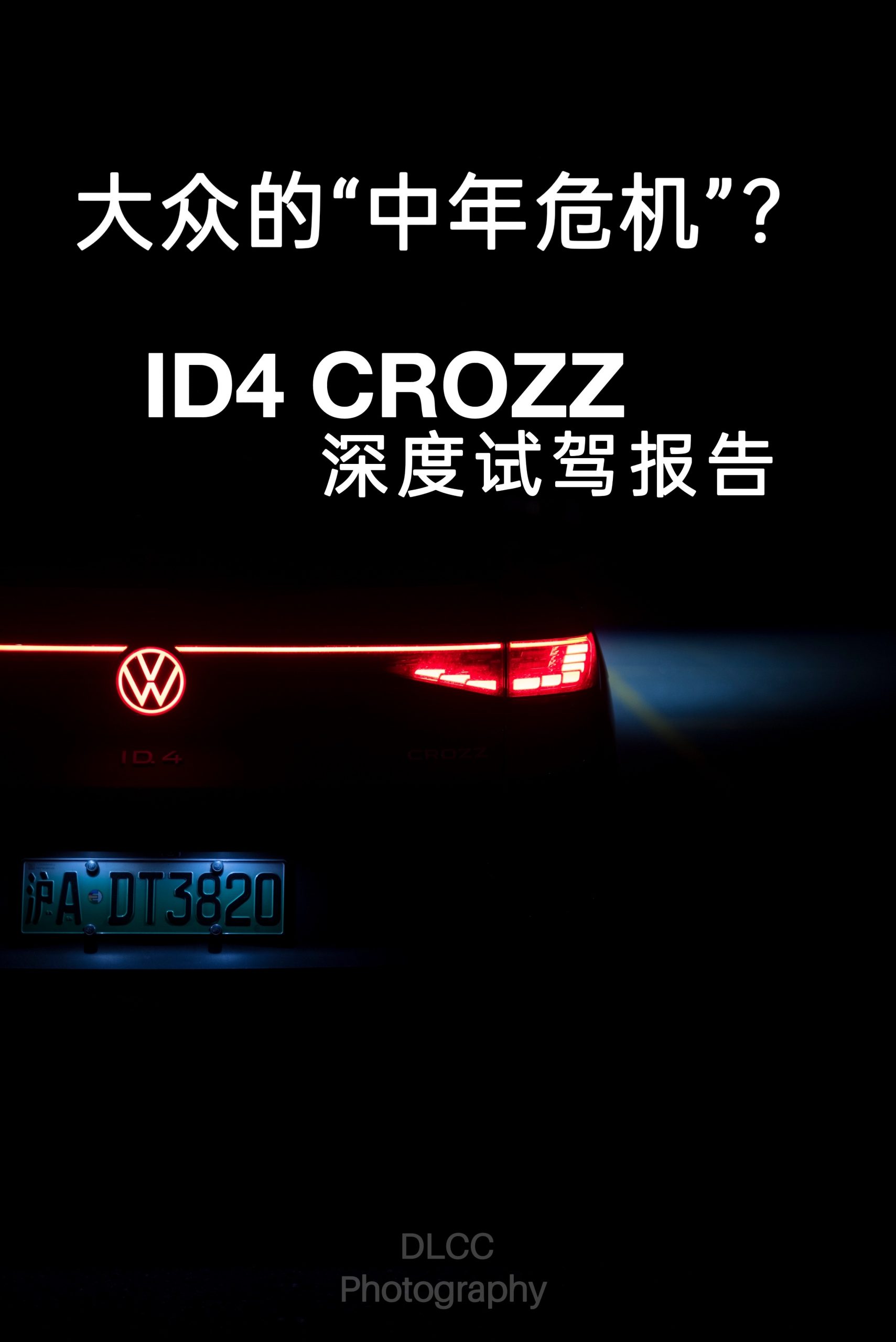Test Drive Experience of FAW-Volkswagen ID4 Crozz
During the COVID-19 quarantine period, I came across 42号车库’s Weibo post, which mentioned a detailed experience with FAW-Volkswagen ID4 & ID6 Crozz. As I have not had much experience with the daily use of electric cars, and ID4 is the pioneering model of Volkswagen’s transition from traditional fuel cars to electric vehicles after accumulating decades of history, I felt it was a significant opportunity to try it out.
One day, I received a call from 42号车库, after a two-month wait, informing me that it was my turn for the test drive activity. With the help of the editors from 42号车库, I easily got the car and went on a four-day test drive experience from Monday to Thursday, mainly experiencing the sensations of commuting to and from work. Therefore, the focus was not on L2 assisted driving, but on sharing the experience of commuting by vehicle on cement board roads and relatively poor asphalt road surfaces. In the last part, I will talk about my thoughts on the current trend of new energy.
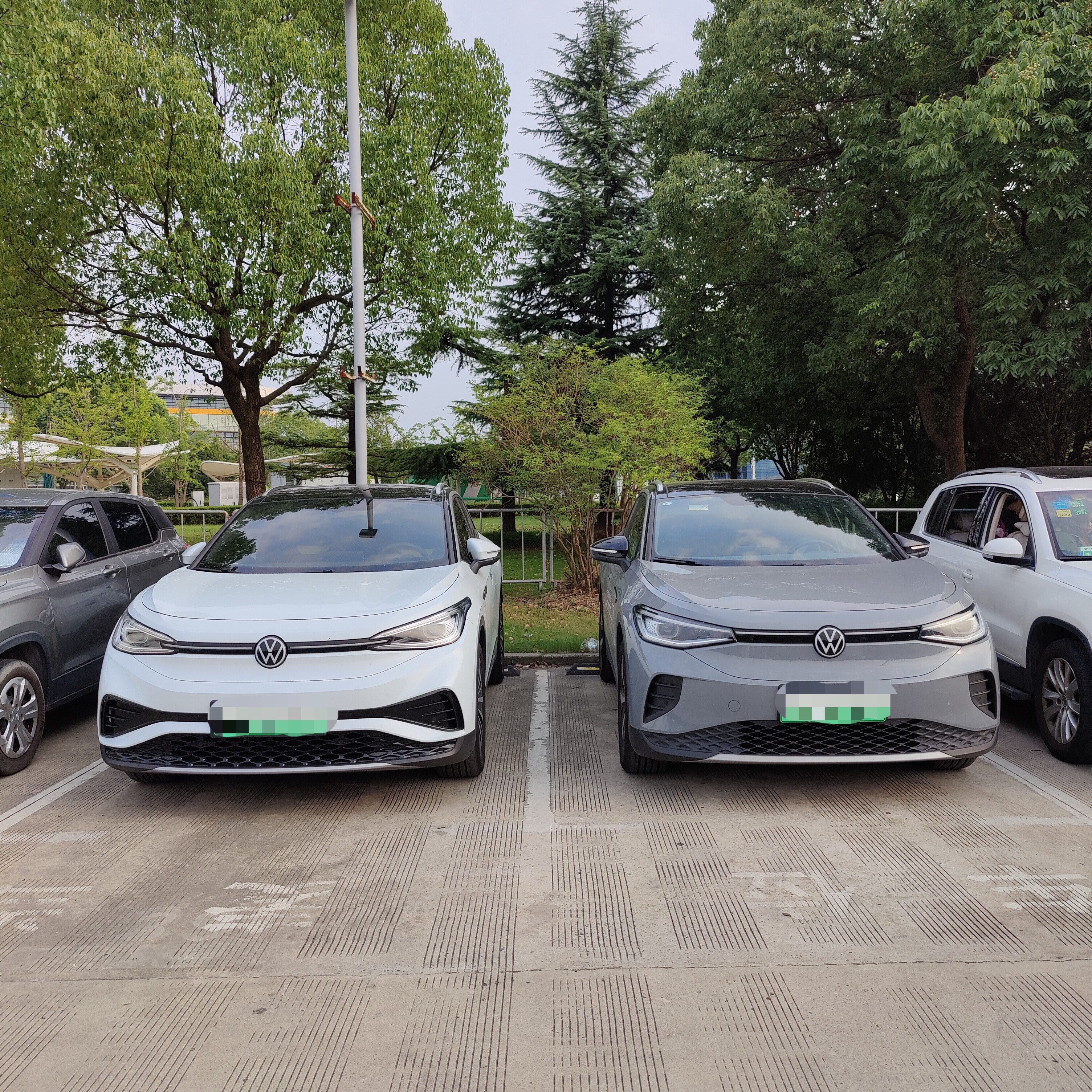
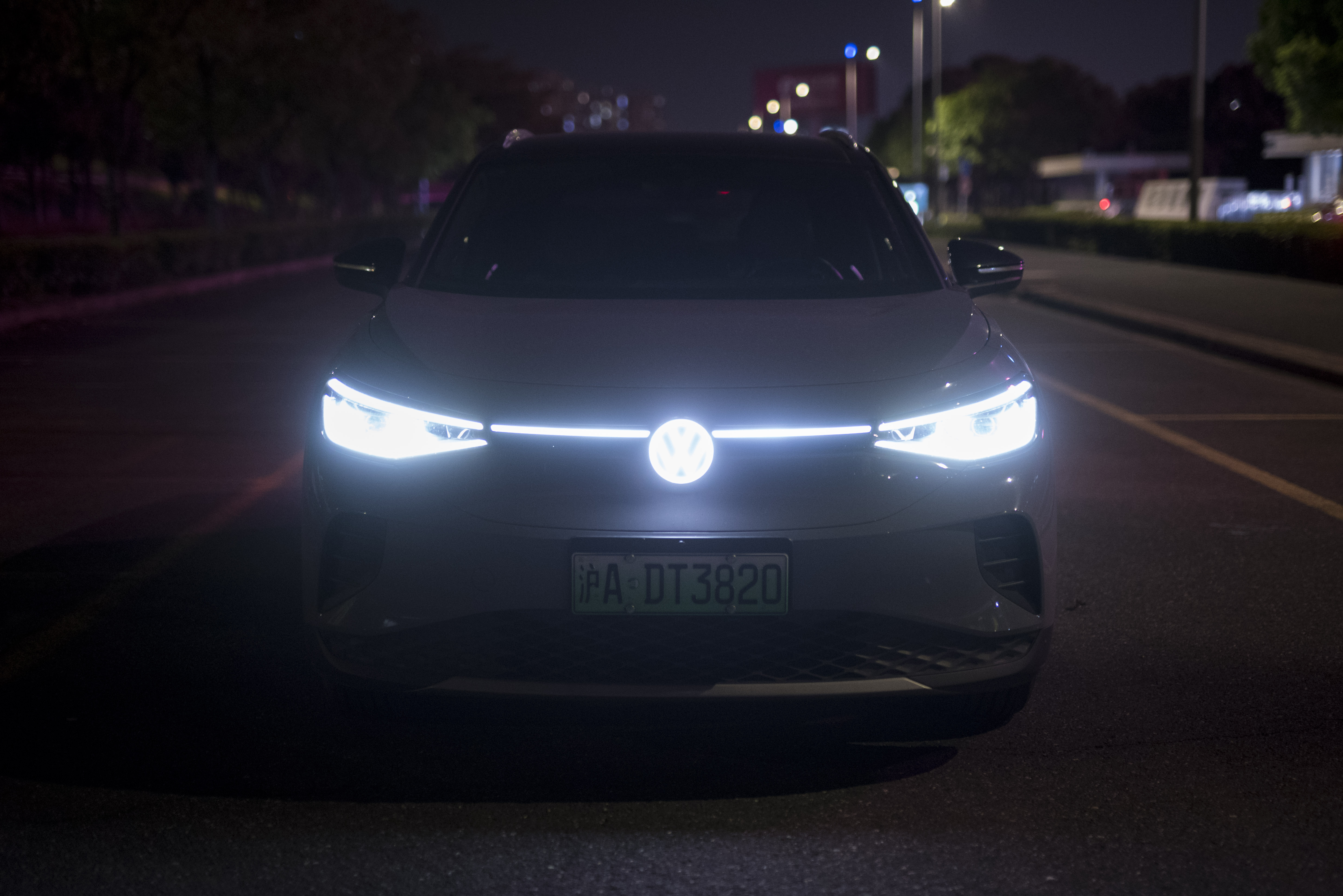
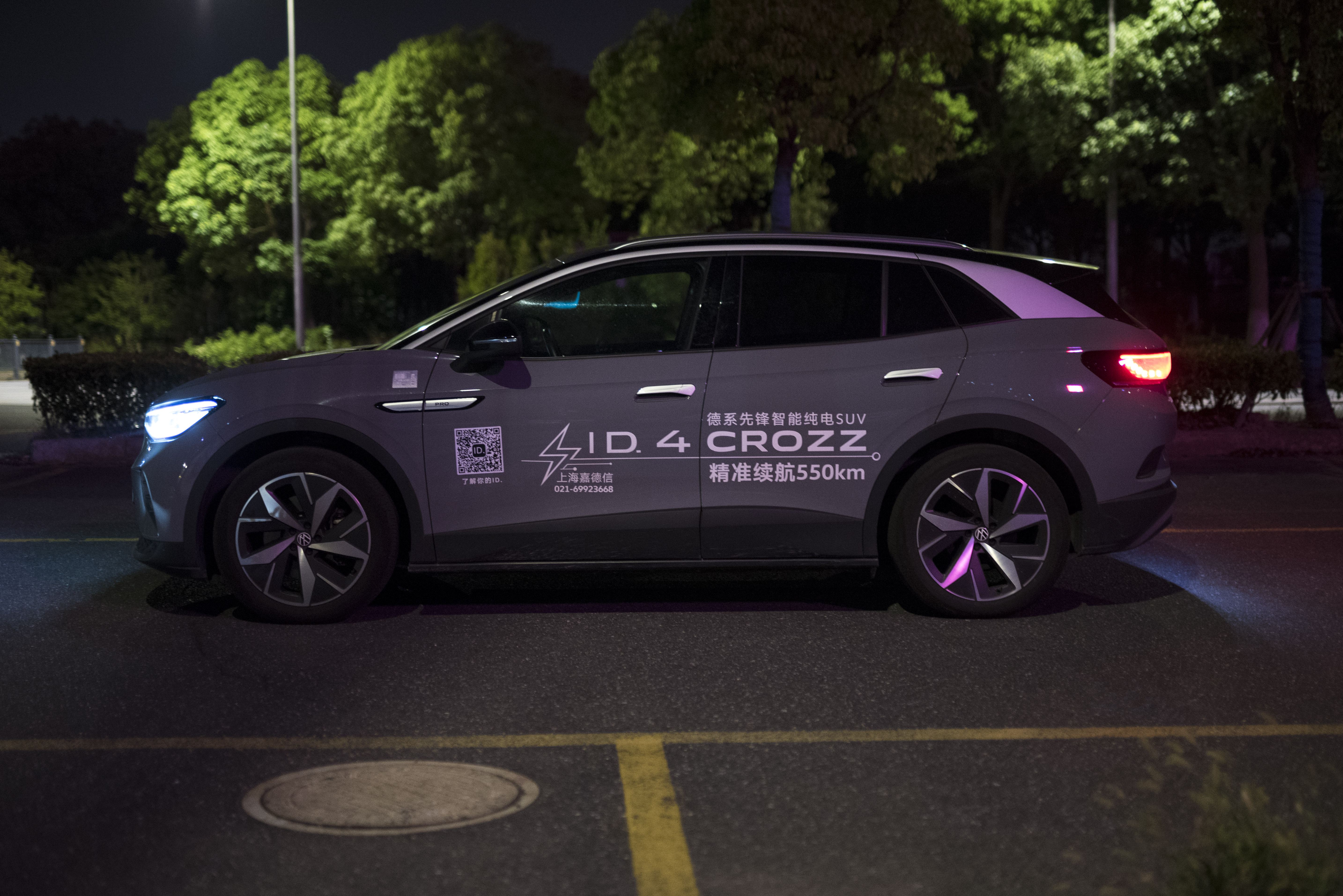

Firstly, the car is meant to be driven, so let’s talk about driving experience. As a compact pure electric SUV costing just over 200,000 RMB, the overall driving experience for commuting to and from work is good.
Power system, brake system, endurance, and charging experience:The difference in driving experience between Comfort and Sport modes in the power system isn’t particularly significant, so let’s talk about the Comfort mode. In the D mode, driving the ID4 Crozz 150kw 310N•M Long Endurance Pro rear-wheel-drive version is very similar to driving a traditional fuel vehicle. The throttle pedal’s power output is smooth and linear for the front one-third of the pedal’s travel. In the speed range of 0-60km/h, the power output response is much better than that of the Tiguan L 330TSI of the same price. Under the premise of 40km/h, the throttle opening at half-travel completes the overtaking action quickly, and when the overtaking is completed, releasing the throttle pedal will enter the coasting mode without mandatory kinetic energy recovery, which is highly commendable. Overall, the power output performance is abundant for a vehicle positioning for commuting and grocery shopping in the city. However, the first one-third of the braking power in the early stage of the D-mode is still too weak and slow to give people confidence. For most working conditions, it is still recommended to use the B-mode.
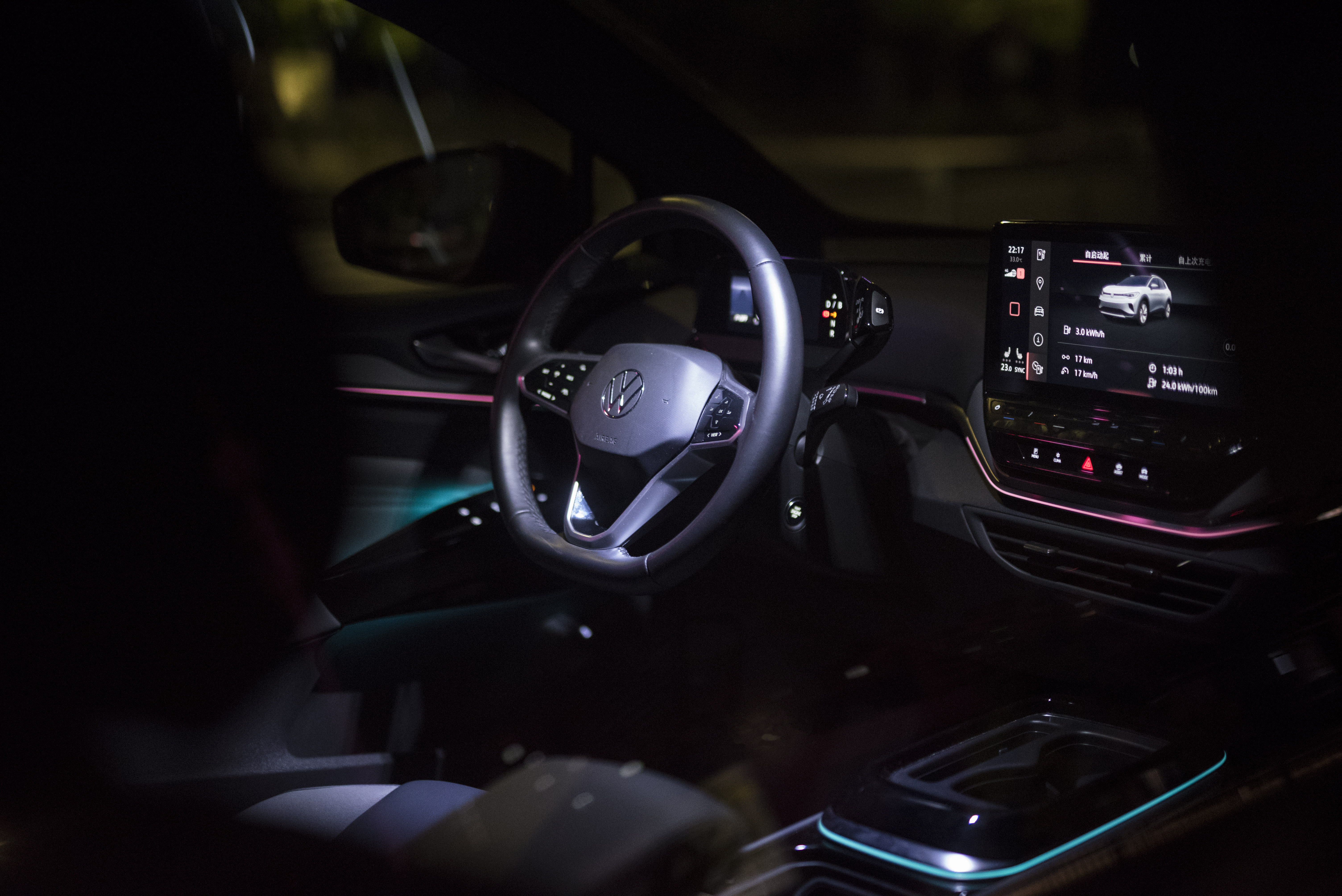
Speaking of which, let’s also talk about the experience in the B-mode (kinetic energy recovery enabled). First of all, when you release the throttle pedal, the braking force is established very slightly. As the speed decreases, the braking force gradually builds up linearly. In other words, just as when everyone is driving a car, the brakes are usually tapped gently at first, and then with a little more force, the vehicle is brought to a stop as the speed drops. At this time, stepping on the brake pedal again will give you confidence in the braking force. Basically, light braking will give you the right amount of braking force, without the feeling of insufficient braking force in the early stage.
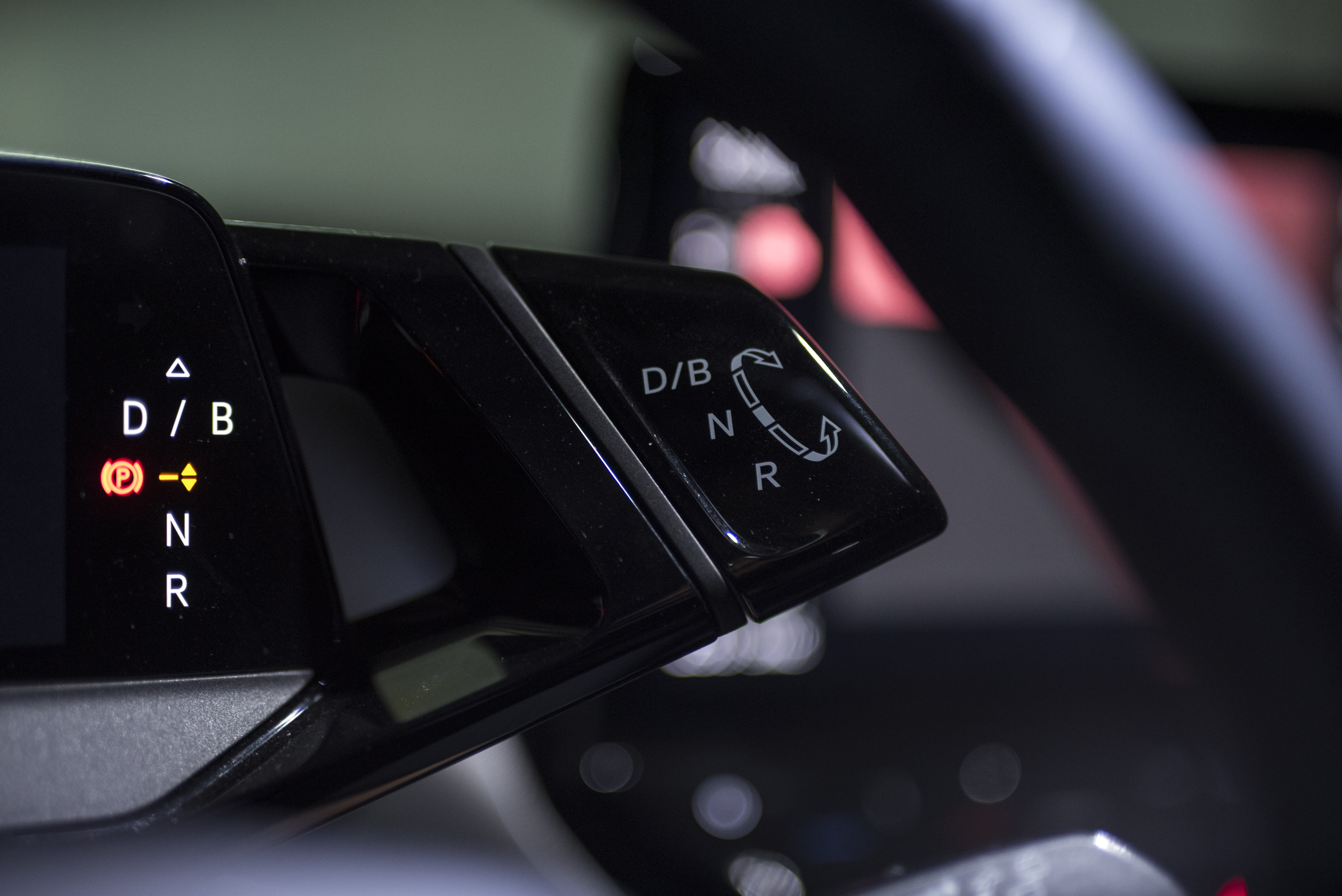
Of course, the dizziness of the B-mode is still perceptible. In situations such as uphill acceleration and frequent tracking, mild dizziness can still be felt. Personally, I feel that it is inevitable to experience mild dizziness in frequent acceleration and braking situations because the foot needs to switch between acceleration and braking frequently, and the motor response speed is still relatively fast. Consider this – when you release the accelerator pedal in a fuel-powered vehicle and move your foot from the accelerator pedal to the brake pedal, doesn’t this process still take some time? However, for most flat and downhill working conditions, ID4 Crozz’s B-mode is still very useful, and I recommend that you use it. After all, the energy consumption of this vehicle is relatively high, so it’s best to save electricity if possible~
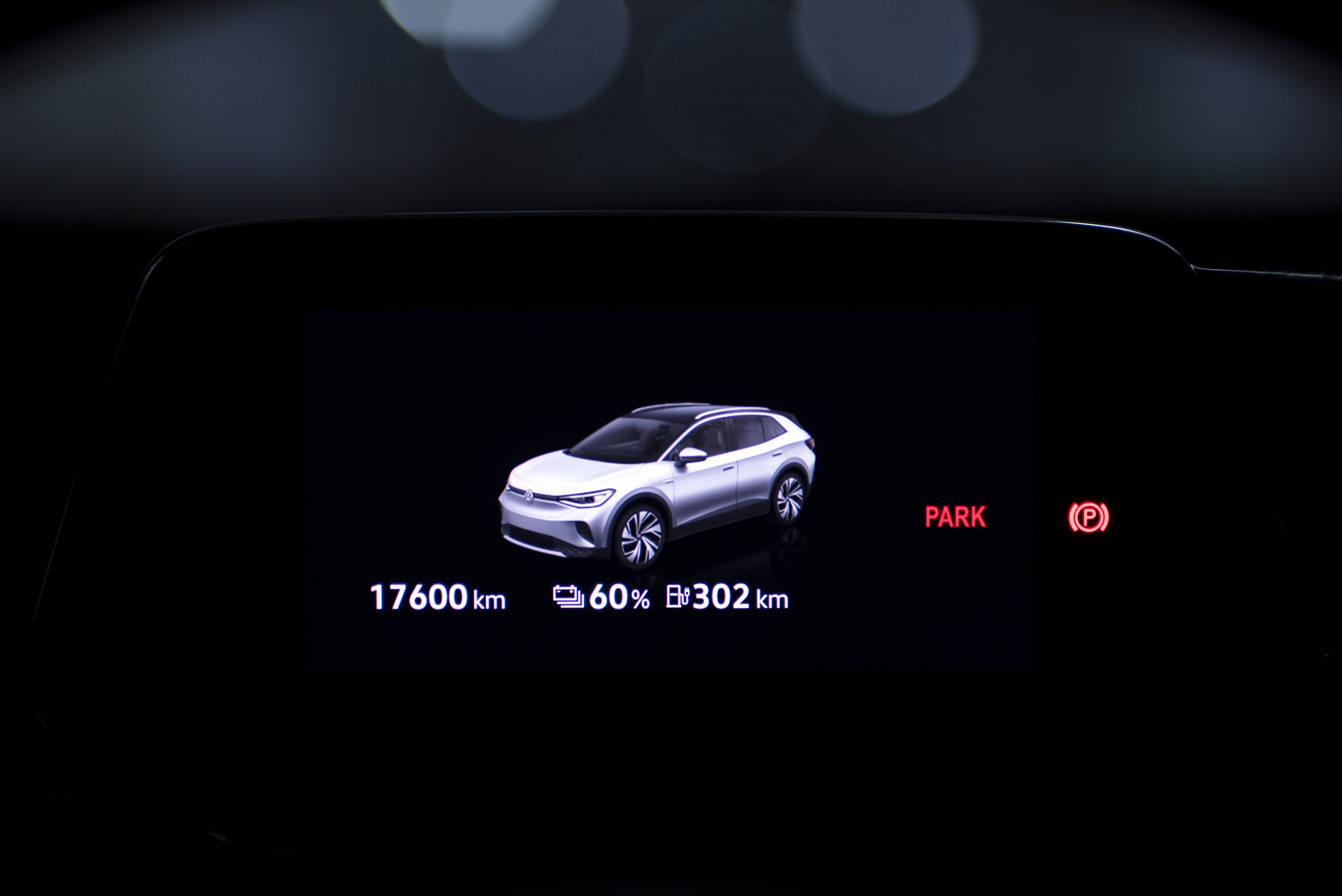 For the range, the performance of the ID4 Crozz 150kw 84.8kWh Long Range Pro version is average. The range is about 500km on a full charge, but with 50% battery capacity, it can only travel approximately 160km. After all, the temperature in Shanghai is usually above 35 degrees Celsius, and the air conditioning is set to Auto mode with a wind speed of over 60%. Meanwhile, the vehicle was driven in B gear with an average speed of 26km/h. The energy consumption was about 22 kWh/100km, which may be because I pressed the accelerator too hard. In short, the range and energy consumption performance are mediocre.
For the range, the performance of the ID4 Crozz 150kw 84.8kWh Long Range Pro version is average. The range is about 500km on a full charge, but with 50% battery capacity, it can only travel approximately 160km. After all, the temperature in Shanghai is usually above 35 degrees Celsius, and the air conditioning is set to Auto mode with a wind speed of over 60%. Meanwhile, the vehicle was driven in B gear with an average speed of 26km/h. The energy consumption was about 22 kWh/100km, which may be because I pressed the accelerator too hard. In short, the range and energy consumption performance are mediocre.
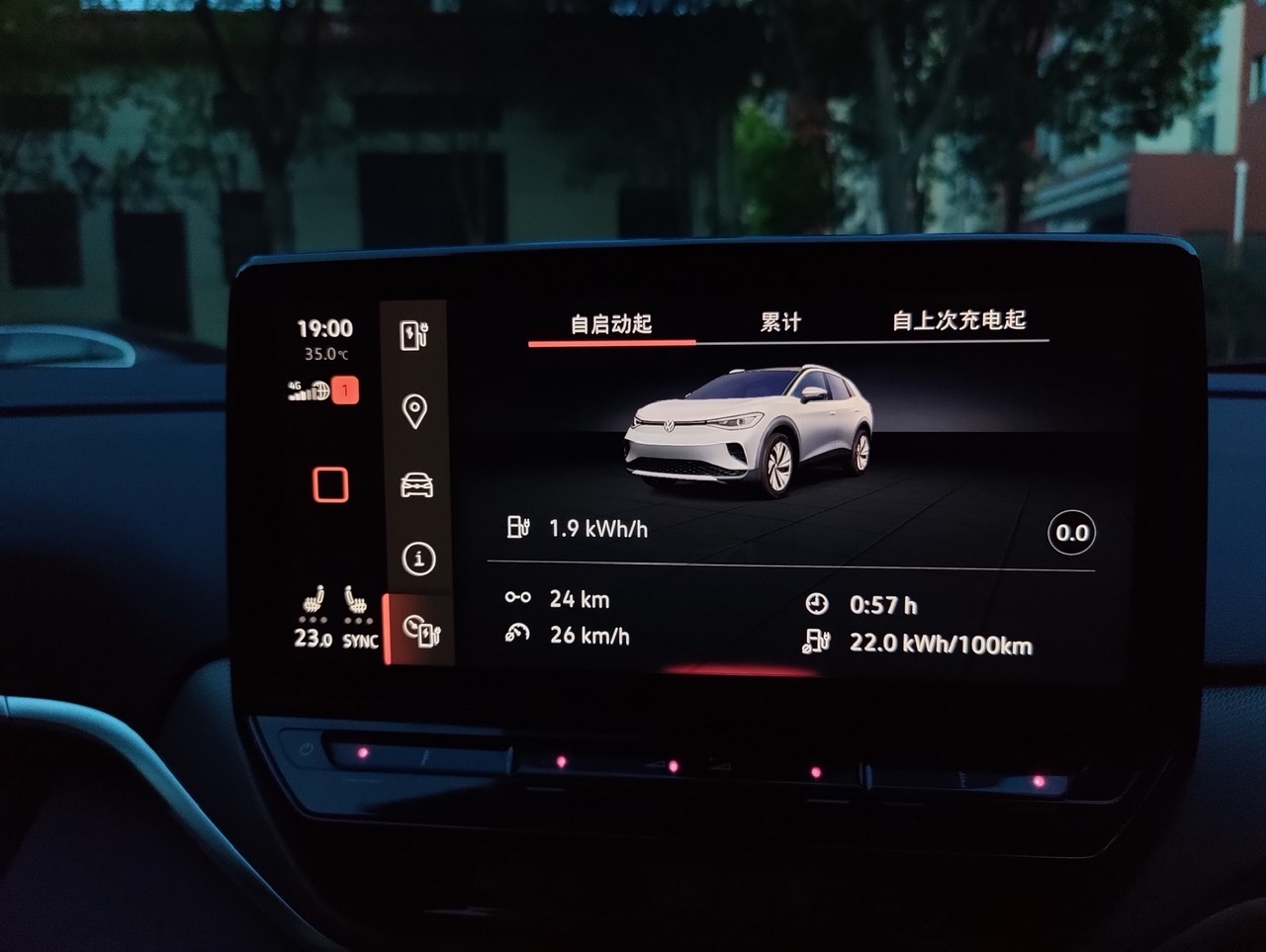
There is a 204kw fast charging pile downstairs, and in the 40% – 80% SOC range, the actual charging power of the ID4 Crozz can reach about 92kw. It takes 25 yuan to charge for 21 degrees in 15 minutes, which is approximately equal to charging 100km in 15 minutes under the current energy consumption rate. The cost per kilometer is 0.25 yuan, which is quite good for commuting in the city.
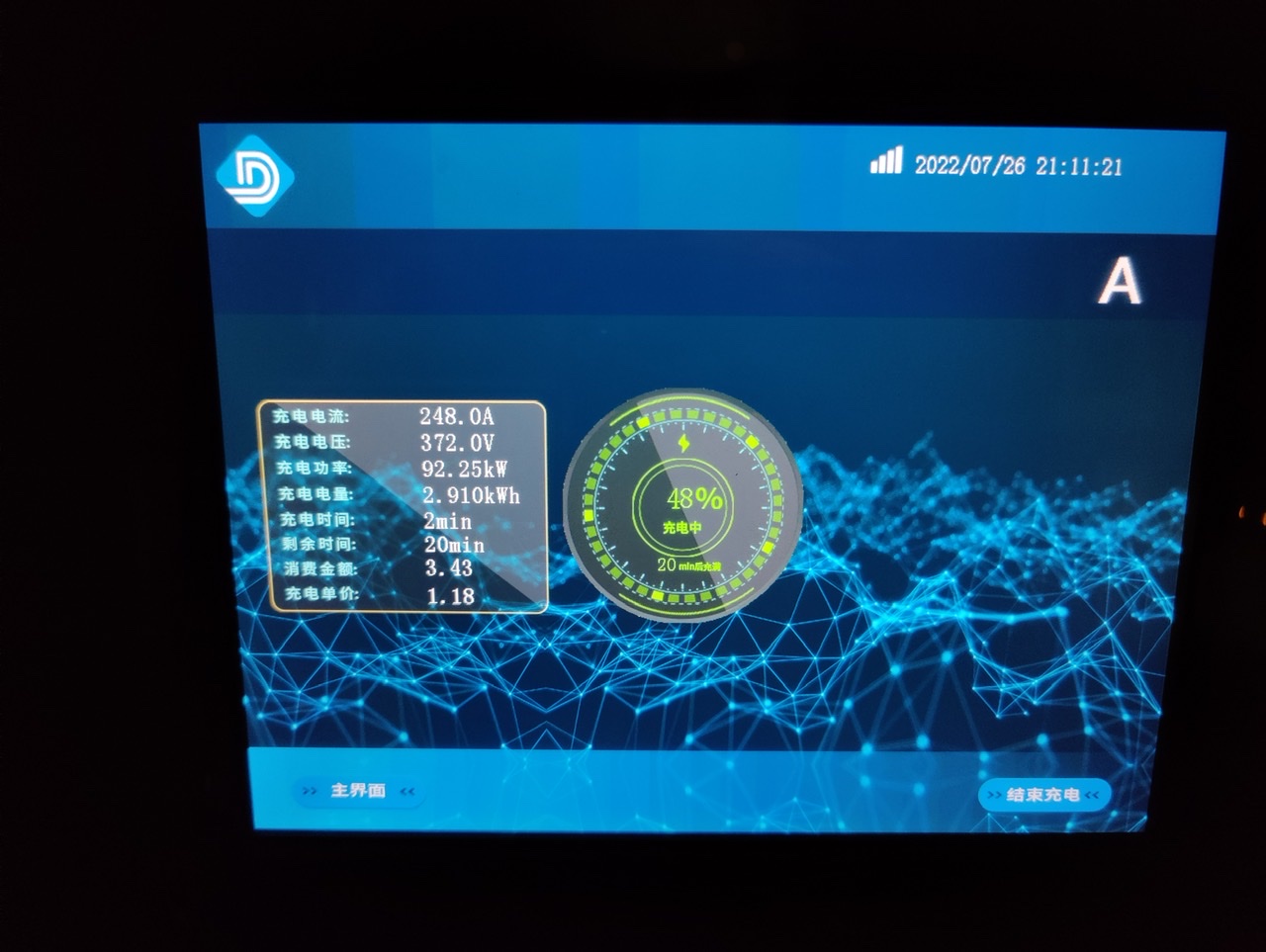
Regarding the steering and suspension system, I feel that the steering is a little heavy. I personally speculate that because the response of electric vehicle power is relatively fast, the steering force is set to be heavier in order to ensure driving stability and safety, so as to prevent drivers from making excessive steering inputs during high throttle conditions, which may cause the vehicle to lose control. This is just my guess. The body following performance is excellent. After steering input, the front of the vehicle quickly responds to the steering, and the rear of the vehicle does not lag behind, completing the turning action together with the front of the vehicle.
Overall, the suspension system performs very well. When driving at 40-60km/h and passing over manhole covers and some small potholes, there is a hard shock felt sitting in the car. This may be due to the large rigidity of the low rolling resistance tire sidewalls. However, this shock is quickly filtered out by the shock absorber, which also quickly rebounds to support the body, avoiding excessive vertical shaking of the body. Only when the ID4 Crozz drives into washboard roads or cement seam roads at medium to low speeds accompanied by a lot of small potholes, it seems to reach the resonance point of the vehicle, causing a large cavity rumble noise inside the car. At the same time, the center control screen will produce the noise of resonance.However, when driving over some large undulating roads at 80 km/h, the heavy battery pack still puts a significant burden on the suspension system, and there are still residual shocks after the initial shock absorption. Nevertheless, I personally think it is acceptable, as the suspension system still provides good support while ensuring good comfort, and the pitch attitude control of the entire vehicle in B-mode is also very good.
Comparatively speaking, the Model Y sacrifices comfort in order to ensure body pitch control during kinetic energy recovery with its extremely stiff suspension system. Personally, I don’t think it’s very suitable for roads like those in Jiading District. I prefer ID4 Crozz’s solution, which strikes a balance between comfort and support.
Infotainment system and exterior design:
In terms of exterior design, ID4 Crozz does not have any significant advantages compared to emerging domestic brands. The overall design is still relatively conservative, and it is only slightly more innovative than Volkswagen’s own gasoline-powered cars. I suggest everyone take a look at the pictures and decide whether they like it or not.
As for the infotainment system, my requirements for it are not very high; as long as it can play music and navigate, it’s good enough for me. The air conditioning adjustment requires entering a secondary menu, which is not very user-friendly, given that many operations are completed on this screen. Overall, the operating fluency is acceptable, and I don’t think it’s as bad as some online reviews suggest. However, compared with emerging brands, the functionality is still limited, and the screen clarity is ordinary.
Conclusion:From the ID4 Crozz, we can see that Volkswagen, as a traditional brand, needs to balance its own fuel product line and revolutionize the layout of pure electric and intelligent cars. Compared with the appearance, interior, power system and new forces, it can be said to be very mediocre, with a low “value for money” due to the need to balance cost factors, unlike new forces that temporarily have capital input. But as a commuter car for work, the user experience is still very good. If you want to buy a practical but not so flashy pure electric SUV for family use, I think the ID4 model is one of the best choices.
In fact, from another perspective, Volkswagen now resembles a middle-aged person who has a family to support and needs to take care of both the elderly and the young. Although the salary level is still acceptable for now, facing the competition from young colleagues (new forces) who are financially well-off and have no family burdens (temporary capital assistance and no fuel product line restrictions), on the one hand, Volkswagen needs to make money to support its family (profits from fuel cars need to be maintained), and on the other hand, it needs to invest energy in learning new knowledge. Although the execution ability is very strong, it is limited by inadequate energy and ideas. Compared with other traditional brands, Volkswagen is already considered a “workaholic”. As for the future, let’s wait and see.
This article is a translation by ChatGPT of a Chinese report from 42HOW. If you have any questions about it, please email bd@42how.com.
